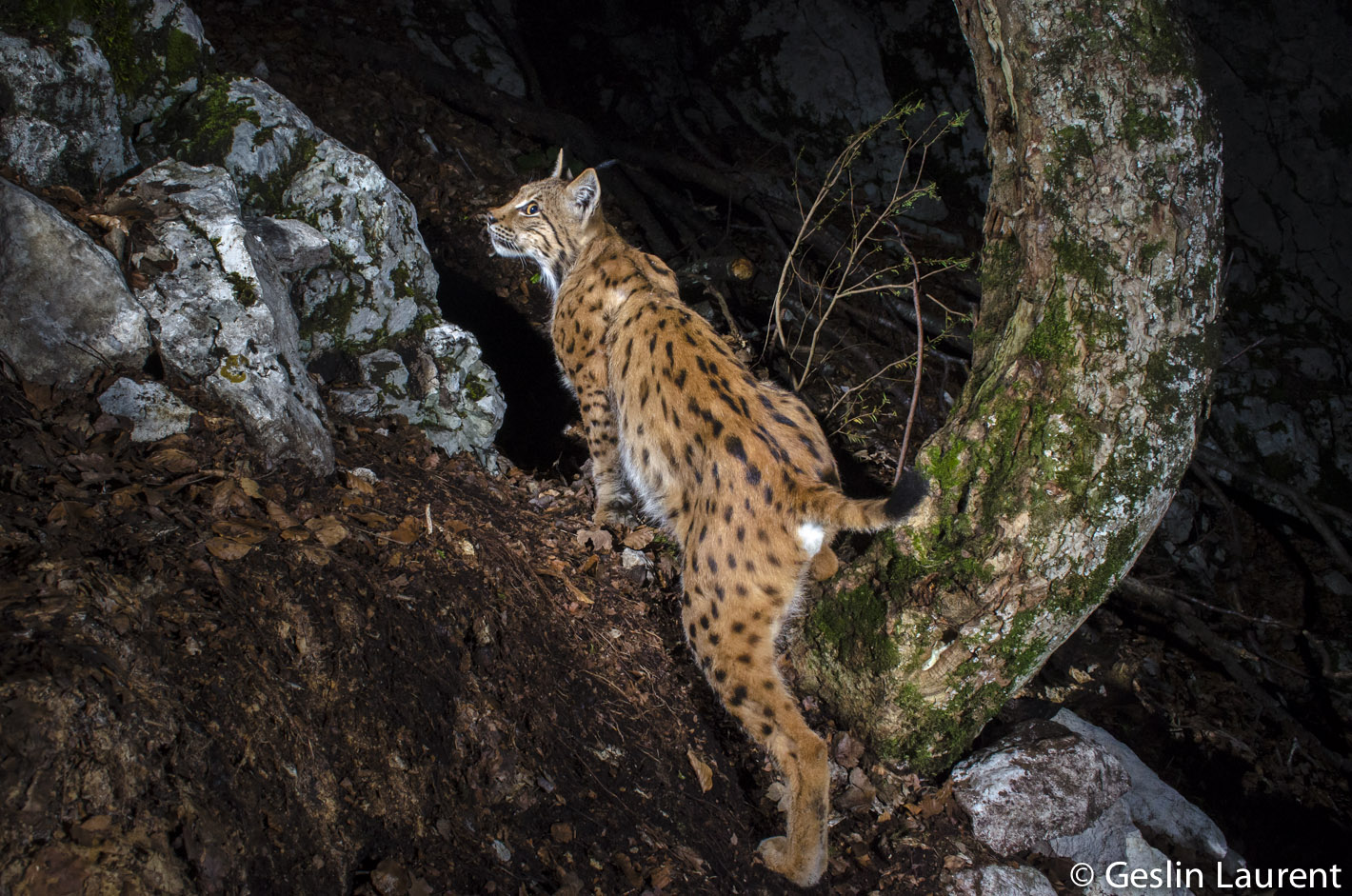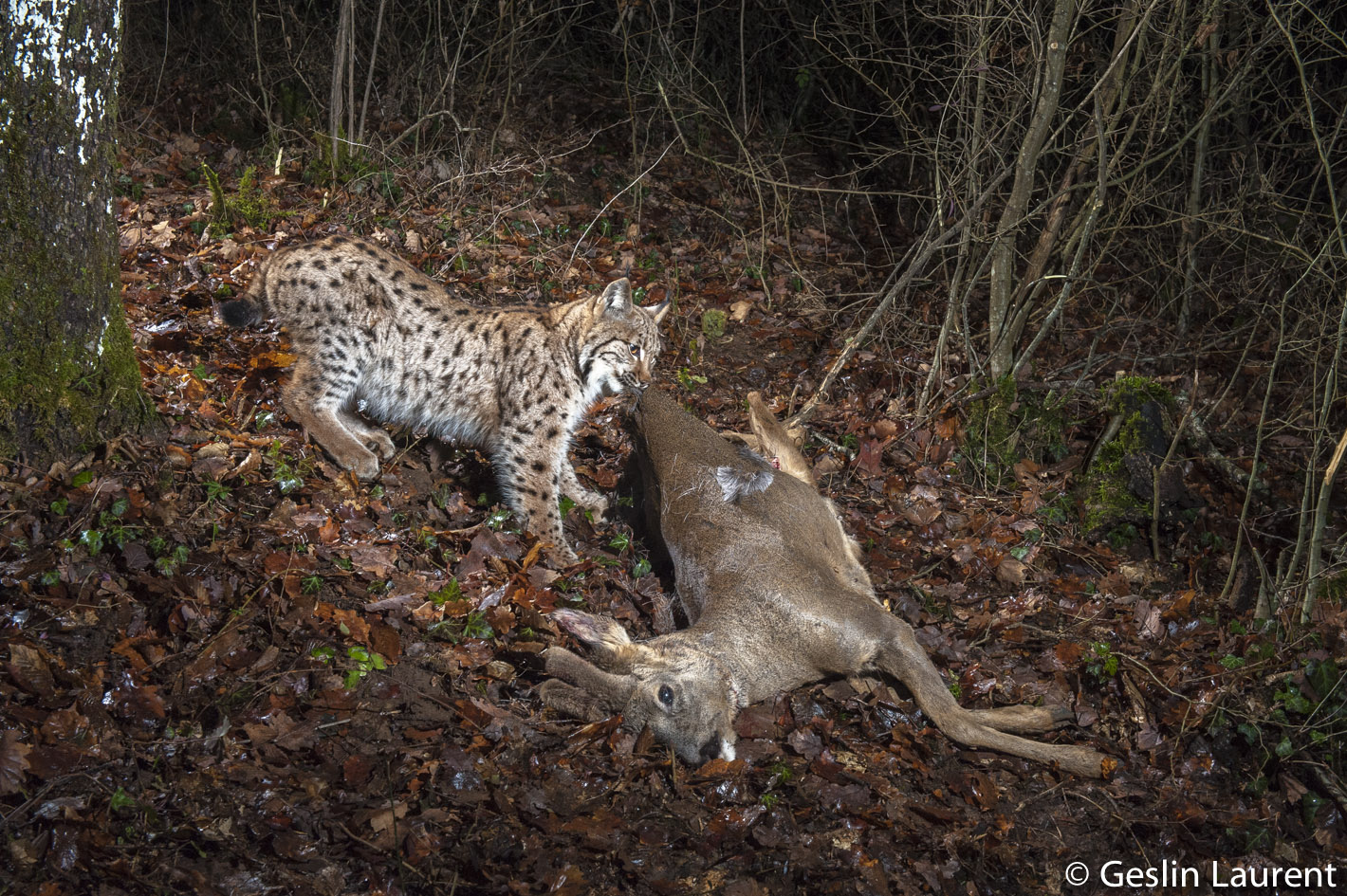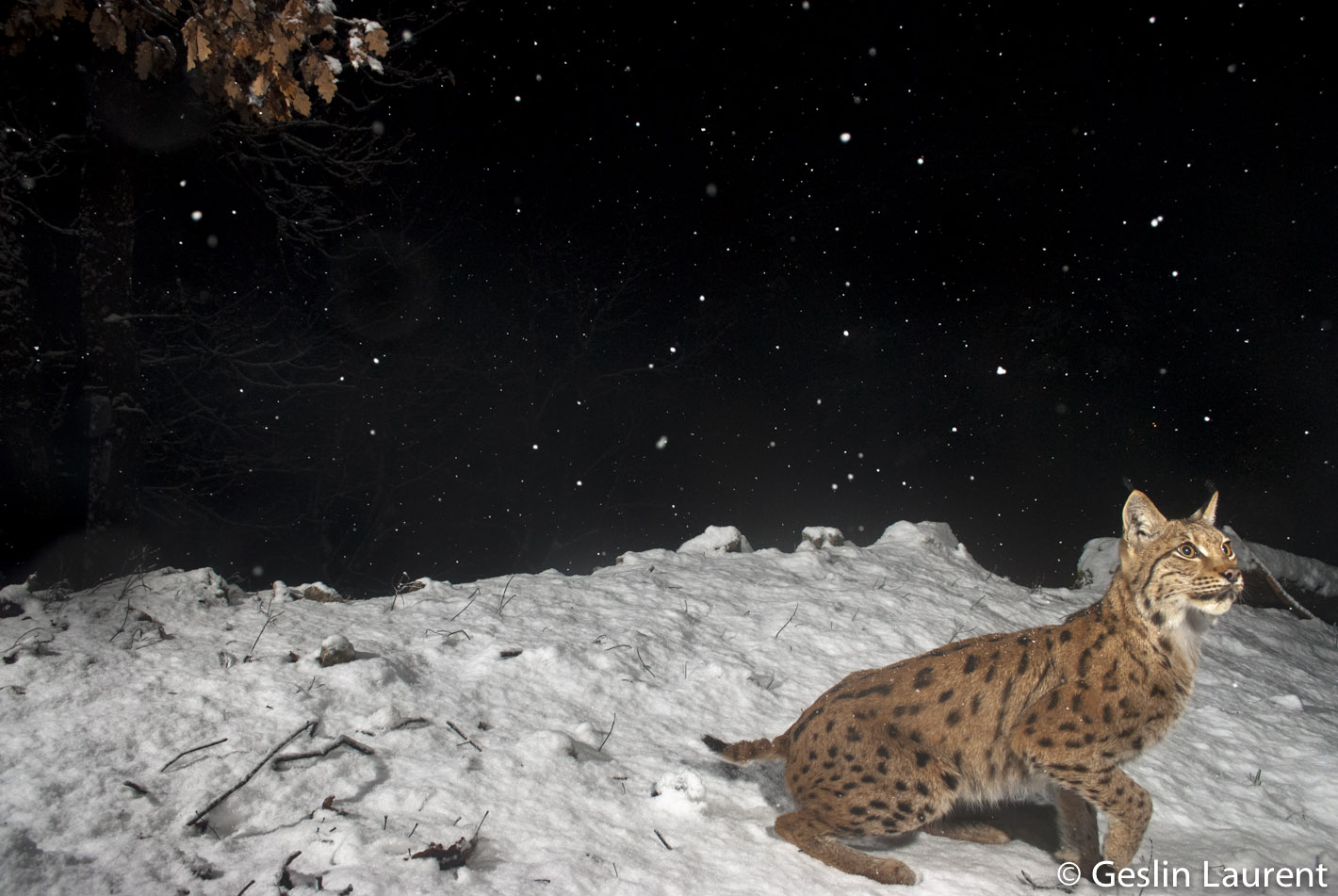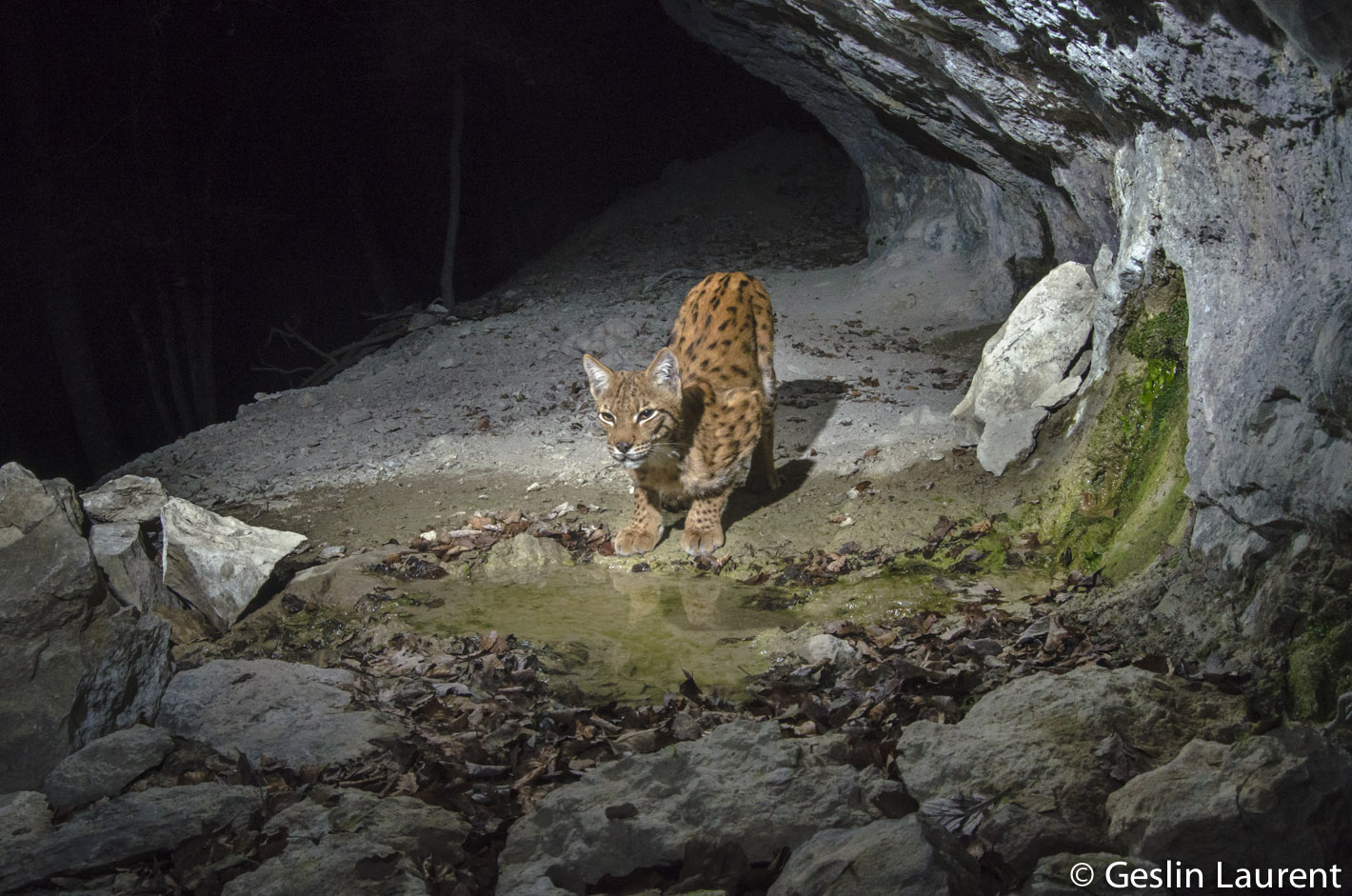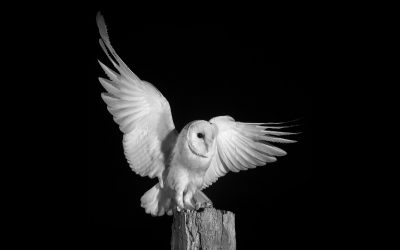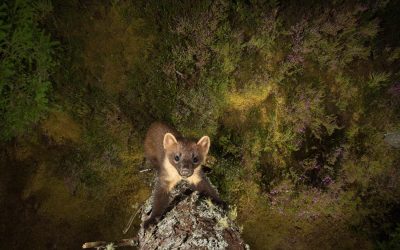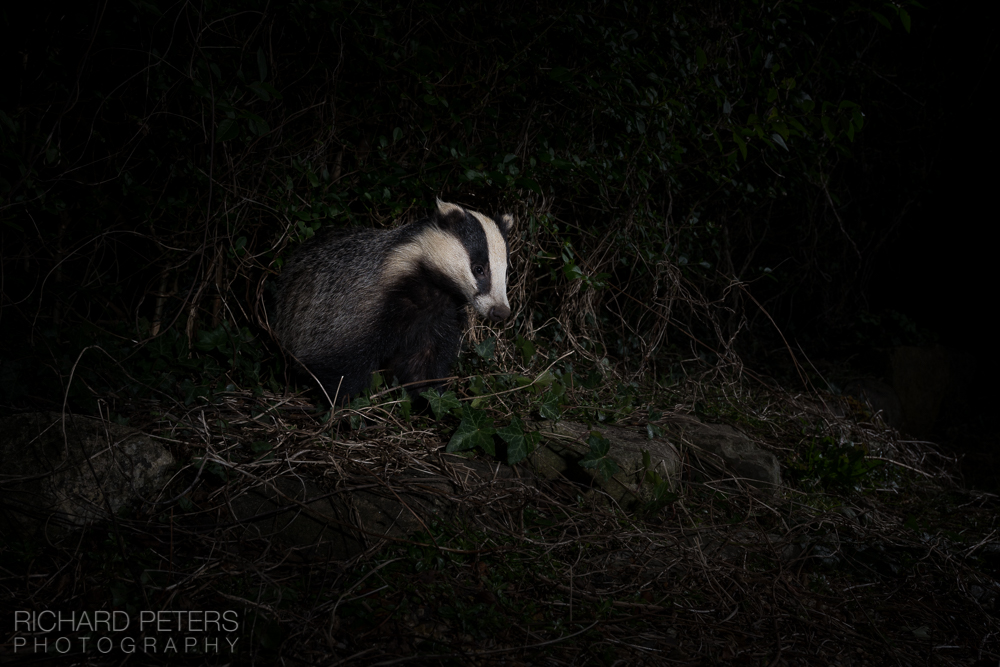LAURENT GESLIN
Lynx in the Jura MountainsIntroduction
Laurent has kindly shared some of his images with us below…
What inspired you to get involved with camera trap work?
From a technical perspective on location, what are the greatest challenges you have had to overcome?
The equipment used can get quite specialist, ranging from a simple remote system to complex lighting, trip-beams and flashes. How complex do your setups get or do you find keeping it simple is the best approach?
What has been your most successful trap-camera project to date and how long did it take from concept to first successful image?
What’s been your biggest failure, either technically or photographically?
Laurent Geslin
Website: laurent-geslin.com
You can see more of Laurent’s work, as well as buy his latest book, on his website here.
Other Interviews
How to Photograph Nocturnal Wildlife in Infrared
What is Infrared (IR) Photography?Light that comes from the sun consists of a very wide spectrum, and when we look at the world around us we are only seeing it in a very narrow part of this spectrum known as ‘visible light’. The sensors inside digital cameras are...
Terry Whittaker – Camera Trapping in the UK
IntroductionSince starting out as a freelance photographer in 2000, Terry has built up a reputation as one of the UK’s foremost wildlife photographers. He has won multiple awards for his work and his images often carry a strong conservation message. Terry’s desire to...
Richard Peters, on a Back Garden Safari
Introduction Richard Peters is a professional wildlife photographer from the UK with a style that often takes a priority of light, over subject. During the last year however, he has begun working with camera traps, concentrating on a location he has a personal...

